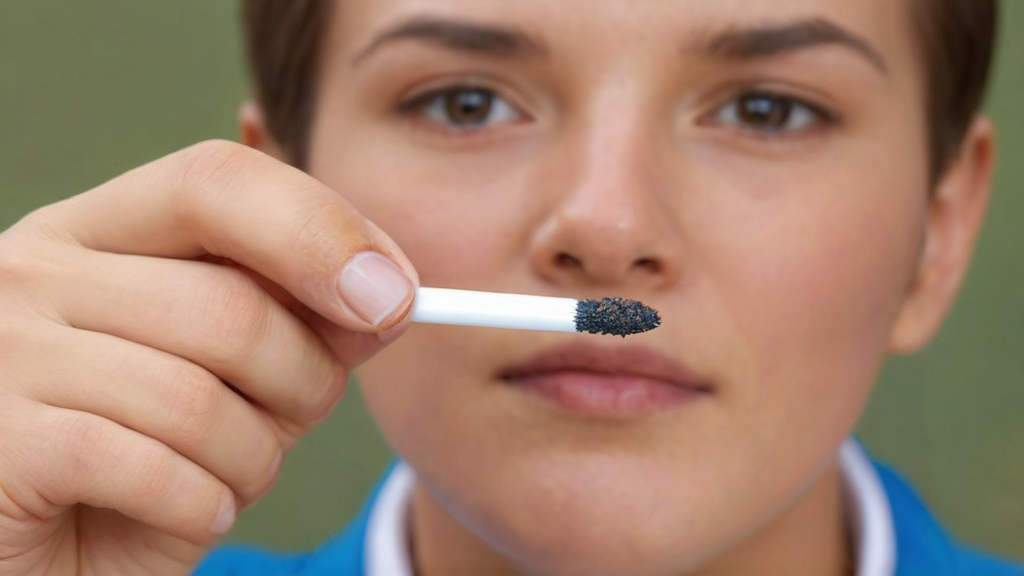By taking this initiative, the body may become withdrawn. What to do in this situation?
Smoking is a harmful habit that has negative health consequences. Inhaling tobacco smoke introduces harmful substances into the body that affect the lungs, heart and other vital organs.
In addition, smoking is strongly associated with diseases such as lung cancer and chronic respiratory problems.
On the other hand, nicotine, which is present in tobacco, is a highly addictive substance, which contributes to the difficulty of giving up this habit.
The temporary pleasurable effects generated by nicotine create physical and psychological dependence, making it difficult for people to quit smoking. If you want to do it, keep these 6 key steps in mind so you can kick the habit.
Healthy habits: the 6 keys to quit smoking
Mayo Clinic Health System psychiatrist Patrick Bigaouette has shared a number of keys to consider when making the decision to quit smoking.
Smoking increases the risk of many diseases, including cancer, cardiovascular disease and chronic obstructive pulmonary disease. It can also reduce life expectancy, explains the specialist.
Bigaouette has developed a plan to be able to break this habit and maintain the decision over time. For this you will have to:
1- Commit to quitting smoking: the specialist suggests that explaining the decision to family, friends, loved ones or other people will make them part of the support system.
2- Choose a date: you need to know when to start.
3- Form a support system: the specialist suggests looking for a person who is in the same situation or joining a social network or an online support group. This will help you deal with withdrawal and emotional challenges.
4- Know the triggers: It is important that you know how to solve the triggers that can occur to quit smoking. You can choose to do some physical activity.
5- Consider withdrawals: you need to know how to handle withdrawals and be able to resolve withdrawal symptoms.
6- Think about healthy aids: This can be nicotine replacement therapy, such as patches, gum, lozenges or an inhaler.
Quitting smoking is a challenge that takes time and effort. With preparation and the right support, you can quit smoking and improve your health.
What to do if a relapse occurs to quit smoking?
Relapses are common and do not mean that you have failed to quit smoking. Therefore, it will be important that you can try again. Mayo Clinic Health System psychiatrist Patrick Bigaouette indicated that, in the event of a relapse:
– Be kind to yourself: According to the specialist, less than 1 in 10 adults quit smoking each year. But over time, 60% of people who try to quit are successful.
– Start over.
– Review your smoking cessation plan: you may need to adapt it and consider other tools.
– Chat with your support system.
Although making this decision is personal, consulting with a specialist can help you learn a little more about this topic and allow you to clarify any doubts that arise.
Some recommendations for quitting smoking:
– Keep yourself busy: When you’re bored or stressed, you’re more likely to want to smoke. Keeping yourself busy with healthy activities, such as exercising, spending time with friends and family, or finding a new hobby, will make the process more bearable.
– Avoid being around other smokers: being surrounded by smokers makes it more likely that you will feel the need to smoke again.
– Be patient: quitting smoking takes time, don’t get discouraged.
